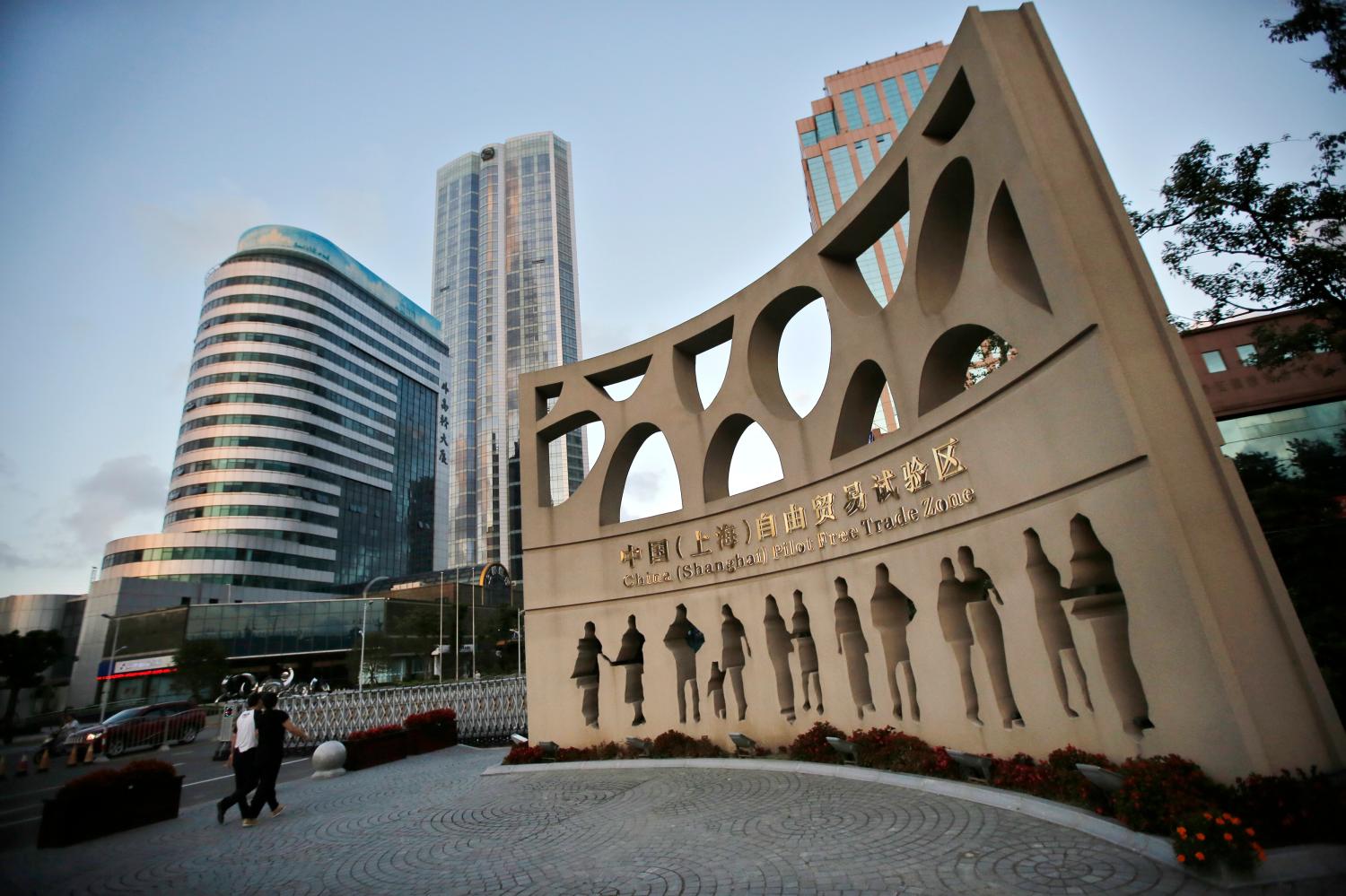After thirty-five years of successful reforms first launched by Deng Xiaoping and his colleagues at the famous Third Plenum of the Eleventh Central Committee in December 1978, many China watchers (and many Chinese inside China) judge that the nation is at a “crossroads” and has reached a series of critical junctures in its economic, social, political, environmental, intellectual, foreign policy and other areas.
These observers argue that diminishing returns have set in and that the main elements of the broad reform program first launched thirty-five years ago are no longer applicable or sustainable for spurring China’s continued development over the next decades. Some foreign China watchers even believe that a kind of “tipping point” has been reached on multiple fronts—whereby if fundamental changes are not undertaken, national economic growth and social development will stagnate; some even argue that the entire political system could come apart. Indeed, China’s own leaders (particularly former Premier Wen Jiabao) have described the nation’s economy as “unstable, unbalanced, uncoordinated, and unsustainable.” The Third Plenum of the Eighteenth Central Committee in November 2013 unveiled more than 300 reform initiatives intended to deal with a wide variety of China’s pressing problems.
I share the perspective that China faces daunting challenges and that China is at a “crossroads.” In this article I identify ten key challenges that I see China facing today, and also assess the extent to which the Third Plenum of the 18th Central Committee (November 2013) address these challenges and the degree to which they are being implemented to date. It should obviously be noted that the ten areas I identify as priorities are those of a foreign observer who defines China’s challenges differently from the government and Communist Party of China (CPC).
Read the full paper by downloading it below.




